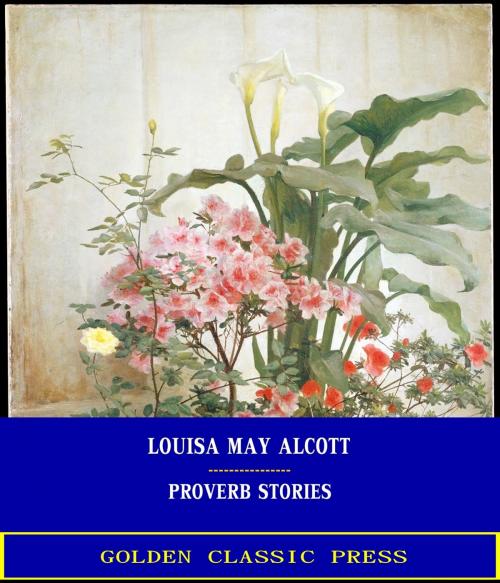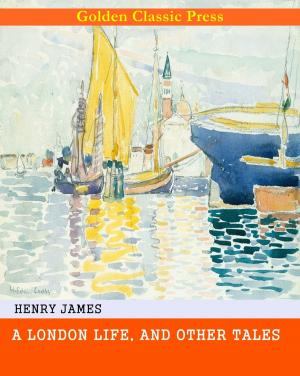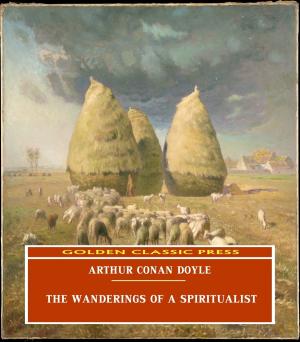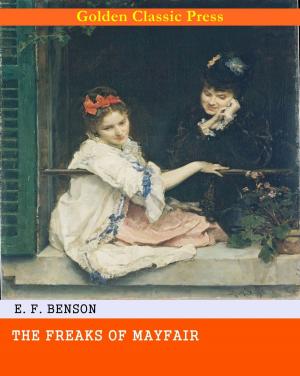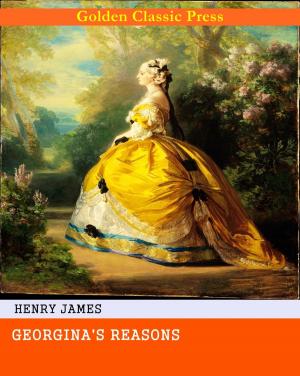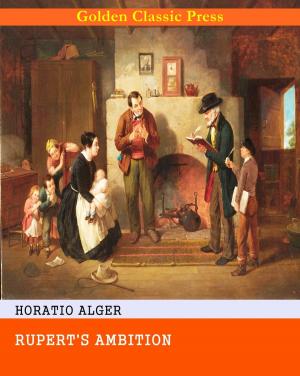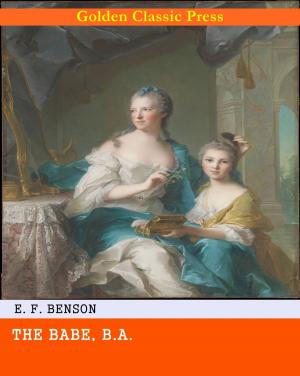| Author: | Louisa May Alcott | ISBN: | 1230002932927 |
| Publisher: | GOLDEN CLASSIC PRESS | Publication: | November 27, 2018 |
| Imprint: | Language: | English |
| Author: | Louisa May Alcott |
| ISBN: | 1230002932927 |
| Publisher: | GOLDEN CLASSIC PRESS |
| Publication: | November 27, 2018 |
| Imprint: | |
| Language: | English |
*** Original and Unabridged Content. Made available by GOLDEN CLASSIC PRESS***
Synopsis:
ONCE upon a time there raged in a certain city one of those fashionable epidemics which occasionally attack our youthful population. It wasn’t the music mania, nor gymnastic convulsions, nor that wide-spread malady, croquet. Neither was it one of the new dances which, like a tarantula-bite, set every one a twirling, nor stage madness, nor yet that American lecturing influenza which yearly sweeps over the land. No, it was a new disease called the Art fever, and it attacked the young women of the community with great violence.
Nothing but time could cure it, and it ran its course to the dismay, amusement, or edification of the beholders, for its victims did all manner of queer things in their delirium. They besieged potteries for clay, drove Italian plaster-workers out of their wits with unexecutable orders, got neuralgia and rheumatism sketching perched on fences and trees like artistic hens, and caused a rise in the price of bread, paper, and charcoal, by their ardor in crayoning. They covered canvas with the expedition of scene-painters, had classes, lectures, receptions, and exhibitions, made models of each other, and rendered their walls hideous with bad likenesses of all their friends. Their conversation ceased to be intelligible to the uninitiated, and they prattled prettily of “chiaro oscuro, French sauce, refraction of the angle of the eye, seventh spinus process, depth and juiciness of color, tender touch, and a good tone.” Even in dress the artistic disorder was visible; some cast aside crinoline altogether, and stalked about with a severe simplicity of outline worthy of Flaxman. Others flushed themselves with scarlet, that no landscape which they adorned should be without some touch of Turner’s favorite tint. Some were blue in every sense of the word, and the heads of all were adorned with classic braids, curls tied Hebe-wise, or hair dressed à la hurricane.
*** Original and Unabridged Content. Made available by GOLDEN CLASSIC PRESS***
Synopsis:
ONCE upon a time there raged in a certain city one of those fashionable epidemics which occasionally attack our youthful population. It wasn’t the music mania, nor gymnastic convulsions, nor that wide-spread malady, croquet. Neither was it one of the new dances which, like a tarantula-bite, set every one a twirling, nor stage madness, nor yet that American lecturing influenza which yearly sweeps over the land. No, it was a new disease called the Art fever, and it attacked the young women of the community with great violence.
Nothing but time could cure it, and it ran its course to the dismay, amusement, or edification of the beholders, for its victims did all manner of queer things in their delirium. They besieged potteries for clay, drove Italian plaster-workers out of their wits with unexecutable orders, got neuralgia and rheumatism sketching perched on fences and trees like artistic hens, and caused a rise in the price of bread, paper, and charcoal, by their ardor in crayoning. They covered canvas with the expedition of scene-painters, had classes, lectures, receptions, and exhibitions, made models of each other, and rendered their walls hideous with bad likenesses of all their friends. Their conversation ceased to be intelligible to the uninitiated, and they prattled prettily of “chiaro oscuro, French sauce, refraction of the angle of the eye, seventh spinus process, depth and juiciness of color, tender touch, and a good tone.” Even in dress the artistic disorder was visible; some cast aside crinoline altogether, and stalked about with a severe simplicity of outline worthy of Flaxman. Others flushed themselves with scarlet, that no landscape which they adorned should be without some touch of Turner’s favorite tint. Some were blue in every sense of the word, and the heads of all were adorned with classic braids, curls tied Hebe-wise, or hair dressed à la hurricane.
